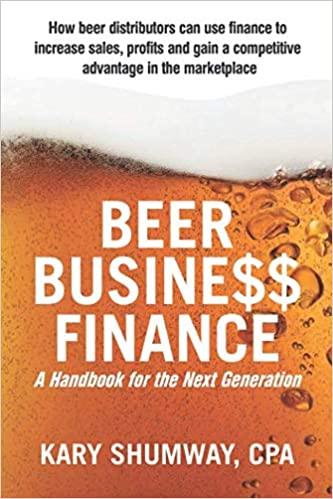Assignment 1. A 20-year-old student wants to save $5 a day for her retirement. Every day she places $5 in a drawer. At the end of each year, she invests the accumulated savings ($1,825) in a brokerage account with an expected annual return of 8%. 1. If she keeps saving in this manner, how much will she have accumulated at age 65? 2. If a 40-year-old investor began saving in this manner, how much would he have at age 65? 3. How much would the 40-year-old investor have to save each year to accumulate the same amount at 65 as the 20-year-old investor? 0 496 2 4 Years H + + + 1 0 $100 $300 $300 -$50 j. What is the present value of the following uneven cash flow stream? The annual interest rate is 4%. k. 1. Will the future value be larger or smaller if we compound an initial amount more often than annually.(e.g, semiannually, holding the stated (nominal) rate constant)? Why? 2. Define (a) the stated (or quoted or nominal) rate, (b) the periodic rate, and (c) the effective annual rate (EAR or EFF%) 3. What is the EAR corresponding to a nominal rate of 4% compounded semiannually? Compounded quarterly? Compounded daily? 4. What is the future value of $100 after 3 years under 4% semiannual compounding? Quarterly compounding? Morton Hadley & Company Maria Juarez is a professional tennis player, and your firm manages her money. She has asked you to give her information about what determines the level of various interest rates. Your boss has prepared some questions for you to consider. a. What are the four most fundamental factors that affect the cost of money, or the general level of interest rates, in the economy? b. What is the real risk-free rate of interest and the nominal risk-free rate? How are these two rates measured? c. Define the terms inflation premium (IP), default risk premium (DRP), liquidity premium (LP), and maturity risk premium (MRP). Which of these premiums is included in determining the interest rate on (1) short-term U.S. Treasury securities, (2) long-term U.S. Treasury securities, (3) short- term corporate securities, and (4) long-term corporate securities? Explain how the premiums would vary over time and among the different securities listed. d. What is the term structure of interest rates? What is a yield curve? e. Suppose most investors expect the inflation rate to be 5% next year, 6% the following year, and 8% thereafter. The real risk-free rate is 3%. The maturity risk premium is zero for bonds that d







